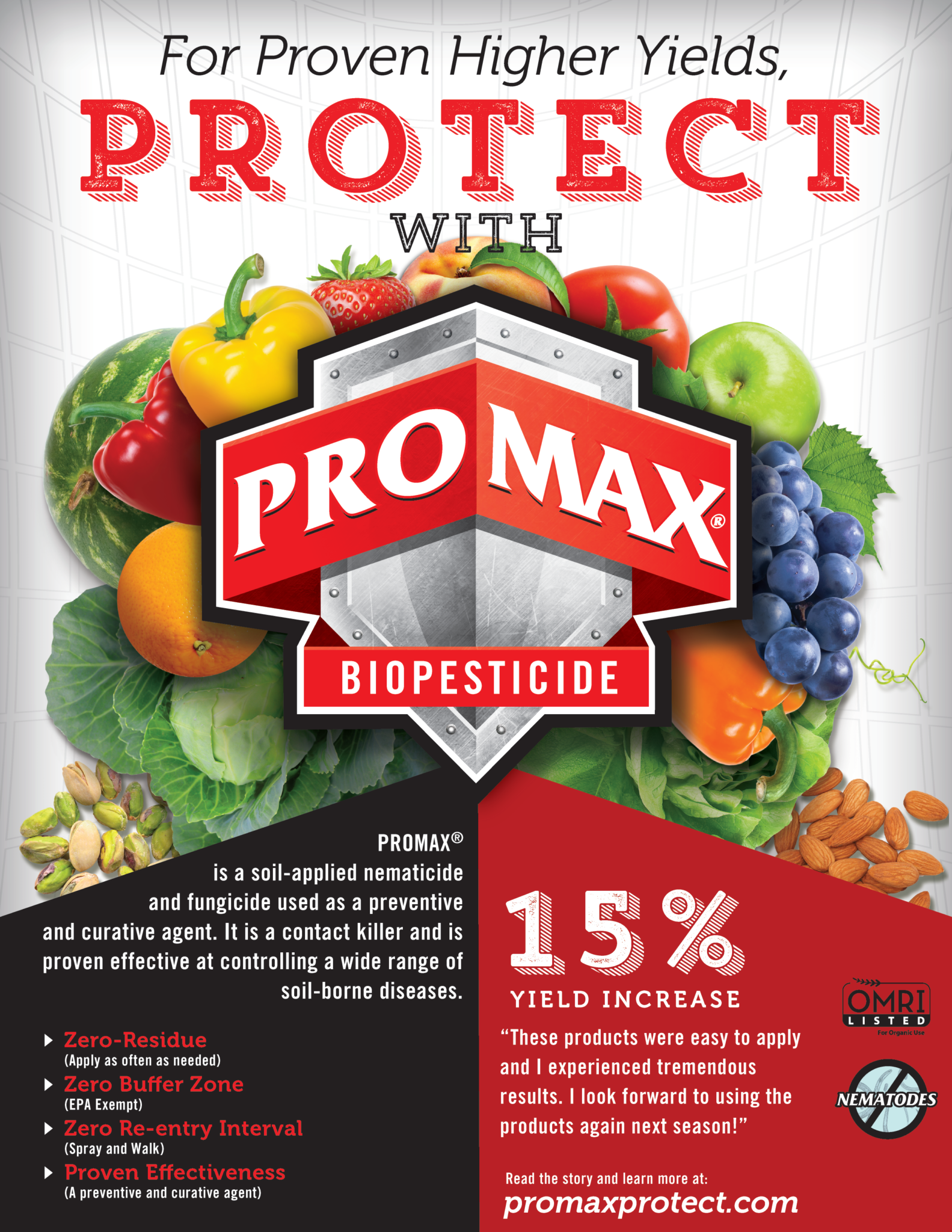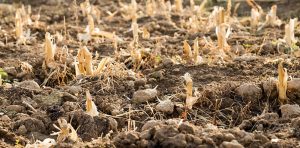 In a recent USDA blog, Spencer Miller states the case for “No-Till November”: Repeated tillage undermines the soil structure and reduces aggregate stability. It breaks down organic matter and drains carbon from the soil.” He quotes Neil Sass, a USDA agronomist, who described the dramatic effect tillage has on soil microbiology as “akin to an earthquake, tornado, and fire happening all at the same time.” And by not inflicting that kind of devastation on the microbiome, “when you have the support of trillions of microbes, you can grow more with less.”
In a recent USDA blog, Spencer Miller states the case for “No-Till November”: Repeated tillage undermines the soil structure and reduces aggregate stability. It breaks down organic matter and drains carbon from the soil.” He quotes Neil Sass, a USDA agronomist, who described the dramatic effect tillage has on soil microbiology as “akin to an earthquake, tornado, and fire happening all at the same time.” And by not inflicting that kind of devastation on the microbiome, “when you have the support of trillions of microbes, you can grow more with less.”
Also, according to Sass, no-till allows the soil to absorb much more water and handle heavy rain, which keeps soil on the field and out of the watershed. He continues, “No-till will save you time and money. You’ll spend less time on your tractor. You’ll use less fuel. You’ll have less wear and tear on your equipment. No-till is a win-win for your soil and for your pocketbook.”
Which is not to say that there is nothing you can do in the fall to help prepare your soil for spring planting and fortify the microbiome. Our Huma Gro® Fertil Humus® product, when applied in the fall, can help degrade any crop residue or crop field trash that’s left behind and convert it to humus over the winter. It also stimulates microbial activity, especially mycorrhizal fungi that have a symbiotic relationship with plant roots. These fungi play a key role in freeing nutrients that are tied up in soil organic matter.
Fertil Humus® will buffer the toxicities of left-over pesticides, breaking their hydrocarbon chains to render them ineffective. It will also decrease phosphorus toxicity (e.g., from over-applied chicken manure) that can lead to zinc-manganese tie-up/deficiency.
For fall after-harvest field application, we recommend Fertil Humus® at 1–2 quarts/acre (2.5–5.0 liters/hectare) as a broadcast spray or flood or furrow irrigated. This will set up your soil for spring planting with better tilth, microbial activity, and nutrient availability.
For more information on Huma Gro® Fertil Humus® click here, or contact a Huma Gro® representative by clicking the button below. For more about our Huma Gro® soil products, click here.

 Fertilgold® Organics, a new brand of organic fertilizer products from Bio Huma Netics, Inc. (BHN) headquartered in Gilbert, Ariz., has achieved Organic Materials Review Institute (OMRI) listing for 10 initial products. Of these, 6 OMRI-listed liquid crop nutrition products are based on the company’s proprietary nutrient carrier, Micro Carbon Technology®, which carries nutrients to plants more effectively than traditional organic nutrition products. Those 6 initial Fertilgold® Organics liquid products include Fertilgold® K-6 (potassium), Fertilgold® B (boron), Fertilgold® Ca (calcium), Fertilgold® Mg (magnesium), Fertilgold® Micros I (a balanced mix of S, B, Cu, Fe, Mn, Mo, and Zn), and Fertilgold® Zn (zinc). The other 4 initial OMRI-listed products include dry humic/fulvic acids that are milled to different granular sizes for various uses (Fertilgold® Powder, Fertilgold® Greens, Fertilgold® 1–3 mm, and Fertilgold® 6 mm[-]). The Fertilgold® Organics product line will ultimately feature over 20 products in 7 categories.
Fertilgold® Organics, a new brand of organic fertilizer products from Bio Huma Netics, Inc. (BHN) headquartered in Gilbert, Ariz., has achieved Organic Materials Review Institute (OMRI) listing for 10 initial products. Of these, 6 OMRI-listed liquid crop nutrition products are based on the company’s proprietary nutrient carrier, Micro Carbon Technology®, which carries nutrients to plants more effectively than traditional organic nutrition products. Those 6 initial Fertilgold® Organics liquid products include Fertilgold® K-6 (potassium), Fertilgold® B (boron), Fertilgold® Ca (calcium), Fertilgold® Mg (magnesium), Fertilgold® Micros I (a balanced mix of S, B, Cu, Fe, Mn, Mo, and Zn), and Fertilgold® Zn (zinc). The other 4 initial OMRI-listed products include dry humic/fulvic acids that are milled to different granular sizes for various uses (Fertilgold® Powder, Fertilgold® Greens, Fertilgold® 1–3 mm, and Fertilgold® 6 mm[-]). The Fertilgold® Organics product line will ultimately feature over 20 products in 7 categories.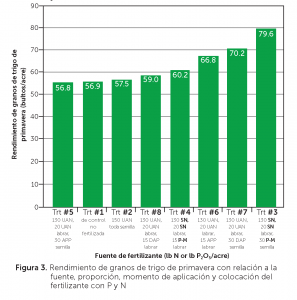 Los objetivos de este estudio fueron: (1) comparar el producto PHOS-MAX
Los objetivos de este estudio fueron: (1) comparar el producto PHOS-MAX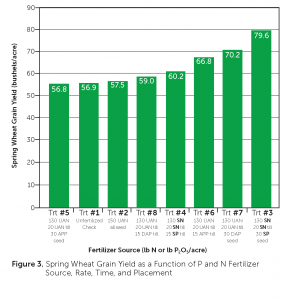 The objectives of this study were (1) to compare the Micro Carbon Technology
The objectives of this study were (1) to compare the Micro Carbon Technology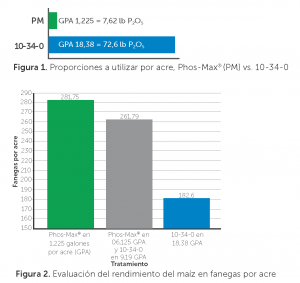
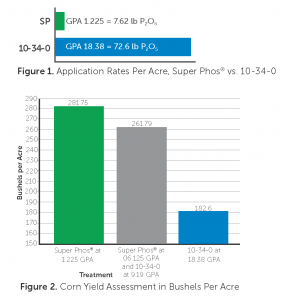
 A new article from Dr. Mike Stewart in Plant Nutrition Today (a publication of the International Plant Nutrition Institute), reminds us that “Sulfur (S) is an important component of a complete and balanced crop nutrition program and has justifiably gained more attention in recent years. Crop consultants and decision-makers are well advised to pay attention to S nutrition and the various factors that influence its availability and level of need.”
A new article from Dr. Mike Stewart in Plant Nutrition Today (a publication of the International Plant Nutrition Institute), reminds us that “Sulfur (S) is an important component of a complete and balanced crop nutrition program and has justifiably gained more attention in recent years. Crop consultants and decision-makers are well advised to pay attention to S nutrition and the various factors that influence its availability and level of need.”
